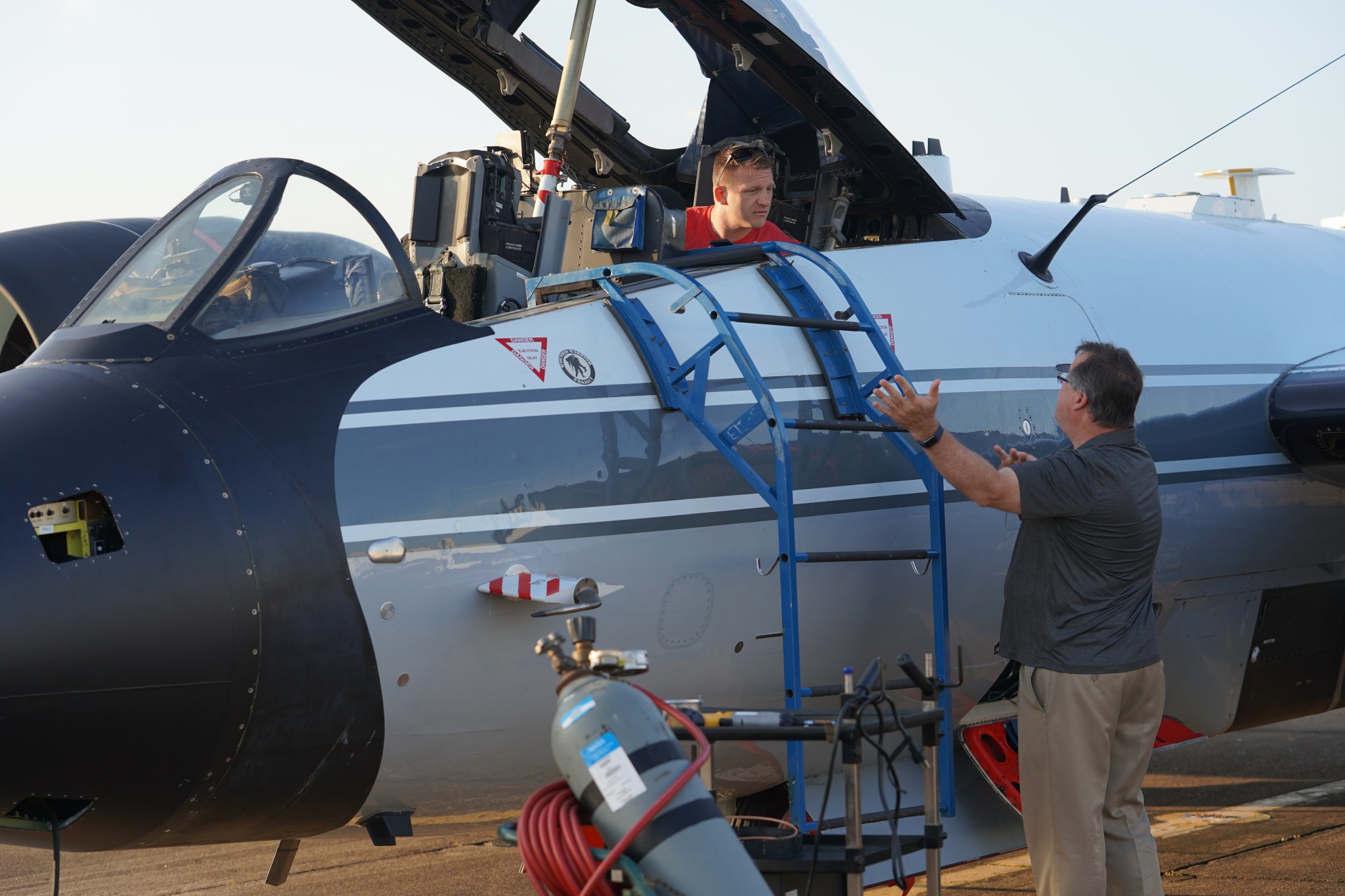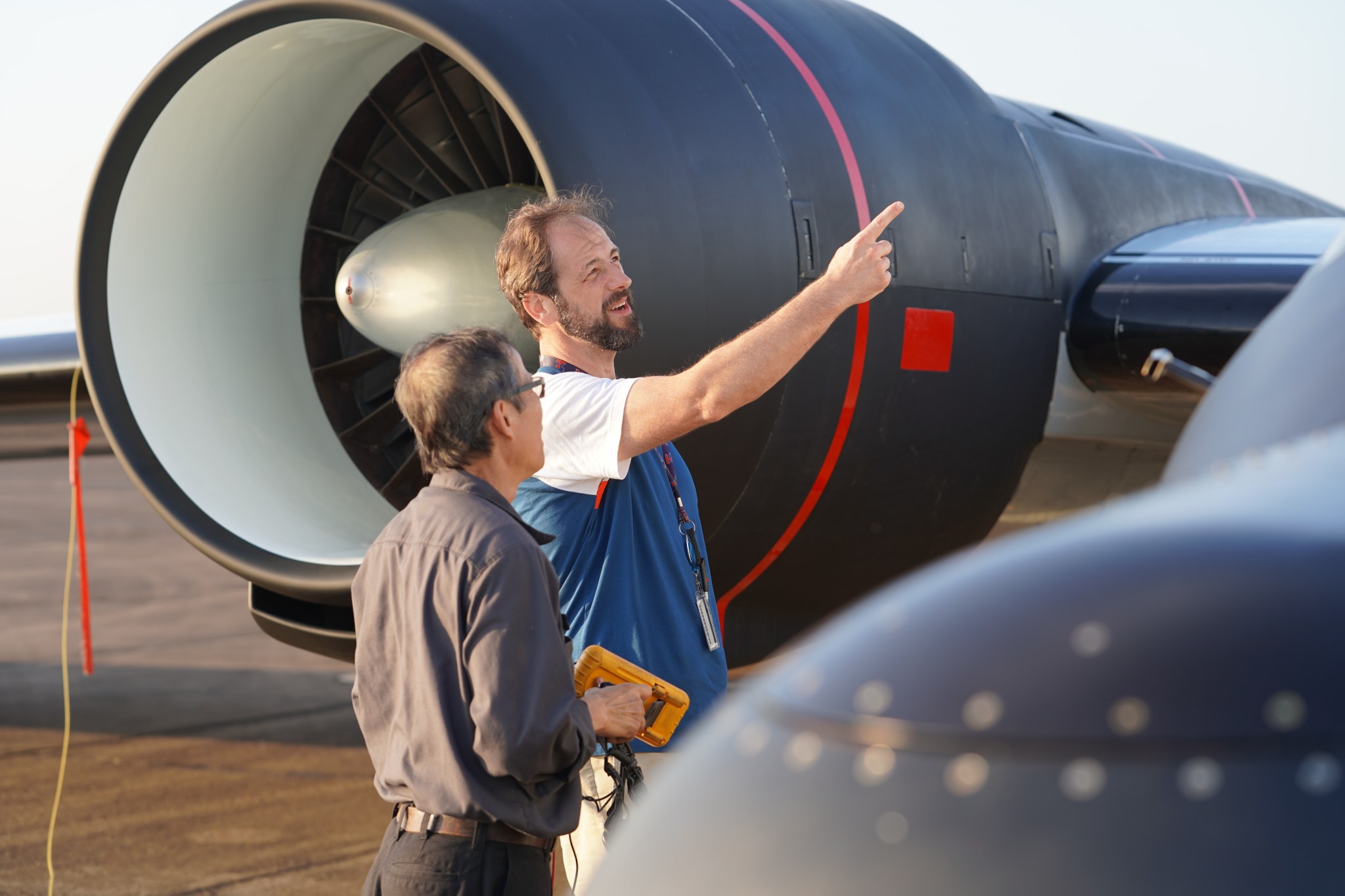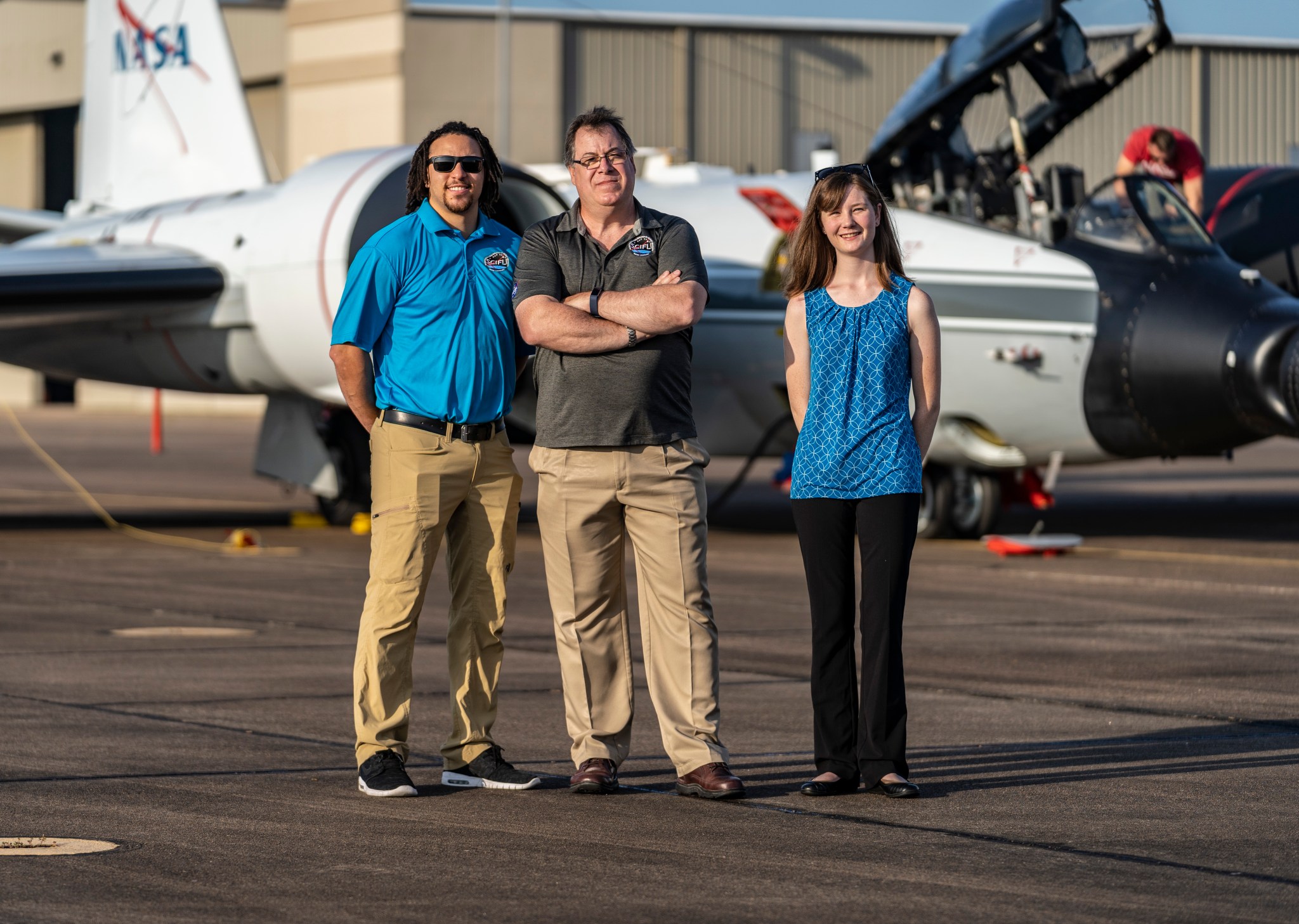Up in the sky, it’s a bird, it’s a plane, no, it’s a parachute – and NASA’s super-high-resolution imaging team can tell how it’s performing.
The researchers working on the Scientifically Calibrated In-FLight Imagery (SCIFLI) team acquire engineering quality data images of spacecraft launches, reentries, flight tests, and parachute tests from aircraft- and ground-based imaging systems. The SCIFLI team comprises members from multiple NASA centers, industry, academia, Department of Defense, and international and commercial partners, and together they support human spaceflight, improve aerodynamic models, and ultimately reduce mission risk.
“Our job is to get engineering data using telescopes on the ground or in the air,” said Dr. Jennifer Inman, SCIFLI project manager. “The imagery acquired during a test, launch, or re-entry yields flight-truth data.”
The team’s core capability is quantitative thermal and hyperspectral imaging using state-of-the-art imaging systems with high spatial, spectral, and/or temporal resolution.
“We close the gap between ground testing in wind tunnels, computational fluid dynamics, and flight truth,” Inman said. “Even with the best ground testing, we can’t match every parameter of flight. A flight test allows us to interpret our ground testing data and improve our computational models.”
The team has been continuously improving their techniques since starting work in 2007 and has made more than 28 observations in 2019 alone, including parachute drop tests, spacecraft reentries, and rocket launches.
“Not just anyone with a high-resolution camera can do this work. We’re sometimes trying to acquire a target at horizon break, when the vehicle is hundreds of kilometers away; you have to get it right the first time because there are no do-overs,” Inman said.
Part of mission planning involves determining the best possible optics and lenses specific to the mission; in addition, radiance modelling is sometimes required to predict optimal sensor settings. To help sensor operators make these kinds of informed decisions, researcher Richard Schwartz created a virtual environment tool that takes into account parameters like focal length, relative angles between imaging target and imaging platform, exposure time, and aperture setting, to enable pre-configuration of the sensors which provides the sensor operators with a baseline plan for acquisition and tracking. He then incorporates mission-specific information like aircraft and/or test vehicle geometry, velocity, latitude, longitude, and altitude to generate synthetic imagery to allow the team to get the data every time.
The needs of the customer dictate the type of datasets the researchers pursue. The team has imaged seven Space Shuttle reentries, the return of JAXA’s HAYABUSA spacecraft, the launch of several SpaceX rockets, the return of SpaceX Demonstration Mission 1, the return of three Commercial Resupply Services capsules, and dozens of tests of SpaceX Crew Dragon parachute systems required for crewed operation certification.
Over the last two years, the team has been conducting observations for Orion and both of NASA’s Commercial Crew Program partners — SpaceX and Boeing. Many of these tests have occurred in the Mojave and Great Basin deserts, and have involved testing to qualify parachutes for returning crewed vehicles to Earth. During these tests, darts, weigh sleds, Parachute Test Vehicles (PTV, a lower fidelity version of the Crew Dragon capsule), or boilerplate capsule models, are dropped from helicopters, balloons, or out the back of a cargo aircraft. The SCIFLI team is charged with capturing imagery that reveals intricate details of how the parachutes behave.
“Parachute performance is incredibly reliable under the loads and speeds involved in something like skydiving, but spaceflight occurs at higher speed and is much more challenging. The dynamic pressures are higher, so you need parachutes that can withstand higher impulse forces, and the air is thinner, which makes parachute inflation a less predictable process,” Inman said. “In addition, this higher performance requires parachute systems that are far more complex, with multiple parachutes deploying in several stages.”
The SCIFLI team is slated to do more work in 2020 with the Commercial Crew Program as it prepares to once again launch astronauts from US soil, with JAXA on the return of Hayabusa II from asteroid Ryugu, and with the Space Launch System and Orion Programs in preparation for Artemis and NASA’s return to the Moon in 2024 and journey to Mars.
Kristyn Damadeo
NASA Langley Research Center


























